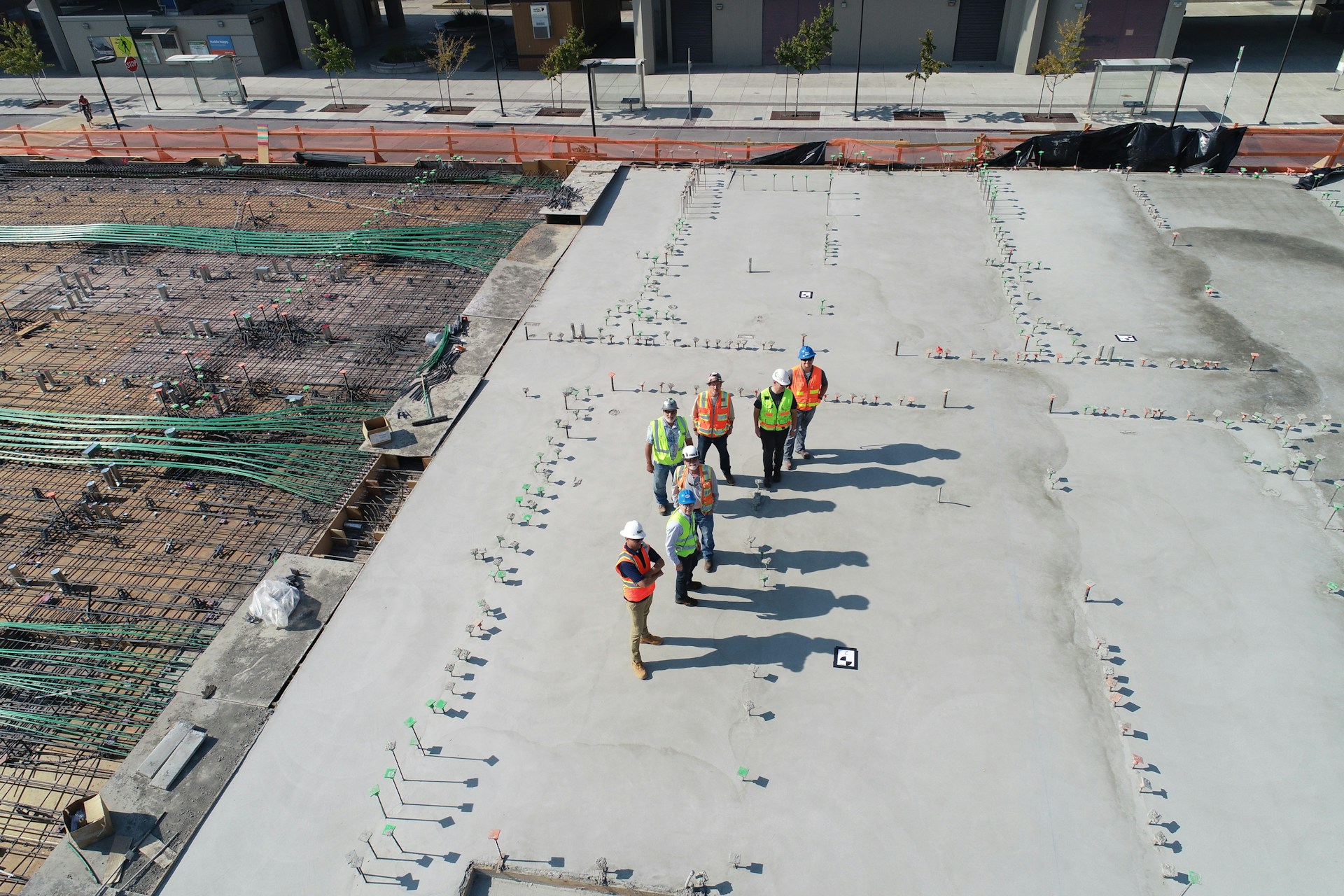What are the regulations for constructing a deck in a flood-prone area in Norfolk?

Understanding the regulatory landscape surrounding construction in flood-prone areas is crucial. It is not only a matter of legality but also concerns safety and sustainability. Flood-prone regions like Norfolk County have specific construction codes and permit requirements to ensure the integrity of structures against flood damage. This article will delve into the regulations that govern the construction of a deck in these areas, touching on issues such as permits, flood-maintenance works, and International Building Code (IBC) requirements.
Understanding County and State Regulations
Before embarking on any construction project, understanding the regulations put in place by the county and state is imperative. In Norfolk County, the Department of Building Safety issues permits for any construction or alteration of existing structures, including decks.
Avez-vous vu cela : How to choose appropriate exterior paint colors for a seaside home in Brighton?
According to Title 116 of the County Code, every structure built in a flood-prone area must adhere to specific flood-zone regulations. These regulations aim to minimize flood damage, protect life and property, and ensure that insurance rates remain reasonable. They cover aspects such as the material used in construction, the design of the structure, and the elevation above the ground level.
In addition, the state of Virginia also has its set of regulations. The Virginia Uniform Statewide Building Code (USBC) requires all structures in flood-prone areas to be designed and constructed to resist flood forces and effects. This includes the requirement for all new construction and substantial improvements to be anchored to prevent floatation, collapse, or lateral movement due to flooding.
Sujet a lire : What are the guidelines for the safe removal of hazardous materials during home demolition in Glasgow?
The Role of Permits in Construction
Permits are a critical part of construction activities. They provide a legal and procedural framework within which construction can occur, helping to maintain safety and compliance with building codes.
In Norfolk, the building permit system is managed by the Department of Permits and Inspections. This department deals with all aspects of permit issuance, from receiving applications to inspecting completed works. It ensures that all construction activities comply with the USBC and the Norfolk County Code, as well as other relevant regulations and standards.
For flood-prone areas, a floodplain development permit is required. This permit is issued by the Department of Public Works, Division of Stormwater Management, and it applies to all construction or development activities within designated floodplains. This includes the construction of decks. The permit application should include detailed plans showing the extent and nature of proposed works, the material to be used, and how the construction will comply with floodplain regulations.
The International Building Code (IBC) and Its Implications
The International Building Code (IBC) is a model building code developed by the International Code Council (ICC). It has been adopted throughout most of the United States, and it sets the standards for the design and construction of buildings and other structures.
In relation to flood-prone areas, the IBC has specific provisions. These provisions, detailed in Chapter 5 and Appendix G of the IBC, deal with flood-resistant construction. They require that all new construction and substantial improvements in designated flood hazard areas be designed and constructed to resist flood damage.
For decks, this means that they must be structurally sound and anchored to prevent floatation, collapse, or lateral movement. The materials used should also be resistant to flood damage. This includes resistance to water, decay, and insect damage.
Adhering to Maintenance and Structural Integrity Requirements
Any construction work, including the building of a deck, must consider maintenance requirements and ensure the structural integrity of the construction. This is particularly important in flood-prone areas, as flood waters can severely damage structures.
In Norfolk, maintenance and structural integrity requirements derive from both the county and state regulations, as well as the IBC. The deck’s design must be robust enough to withstand the forces of flood waters, be resistant to decay and insect damage, and be anchored to prevent floatation or movement. Additionally, the deck should be designed in a way that allows for easy inspection and repair to ensure its long-term integrity and safety.
In conclusion, building a deck in a flood-prone area in Norfolk involves navigating a set of regulations at the county, state, and international level. These regulations govern the design and construction process, enforce the use of flood-resistant materials, and ensure the structural integrity and safety of the deck. Compliance with these regulations is not merely a legal requirement; it also serves to protect the deck from flood damage and ensure the safety of its users.
Navigating the Role of Various Departments and Transport Considerations
The process of constructing a deck in flood-prone areas includes liaising with several key departments and considering transportation factors. Notably, the Department of Transportation and Virginia Department play significant roles in ensuring the safety and integrity of buildings and structures, especially in flood-prone areas.
The Department of Transportation provides critical information regarding the transportation of construction materials, equipment, and labor. Comprehending this information is vital, as the department ensures that the transportation process aligns with state and federal rules and regulations. They also ensure that the movement of heavy equipment and materials does not jeopardize the safety of other road users and residents.
The Virginia Department, on the other hand, provides guidelines and regulations on building structures in flood-prone areas. It mandates that all construction activities, including decks, adhere to the Virginia Uniform Statewide Building Code (USBC) to guarantee flood resistance and mitigate flood hazard.
Furthermore, it is crucial to recognize that some structures, such as decks, may be located on state-owned land. In such cases, state agencies like the Virginia Department have the authority to grant or deny construction permits. A permit issued by the state signifies that the proposed construction, including its design and materials, complies with all applicable codes and standards. It also means that the building structure has been approved by the relevant fire protection and safety authorities.
Upholding International and United States Building Standards
Consistent adherence to international and United States building standards is central to the construction of decks in flood-prone areas in Norfolk. These standards, outlined by the International Code Council and the International Building Code, provide extensive guidelines for robust and flood-resistant design and construction.
All buildings and supported structures, such as decks, must conform to the International Building Code (IBC) regulations. The IBC, developed by the International Code Council, sets the standards for building structure design and construction across the United States. It includes specific provisions for flood-resistant construction in designated flood hazard areas, ensuring the safety and durability of structures located in such regions.
The IBC requirements for decks insist on them being structurally sound, anchored firmly to prevent floatation, collapse, or lateral movement, and built using materials resistant to flood damage, decay, and insect damage. Moreover, the IBC encourages the use of design techniques that allow for easy inspection and repair, ensuring the long-term integrity and safety of the deck.
Conclusion
Understanding and adhering to the complex regulations for constructing a deck in a flood-prone area in Norfolk is paramount. Compliance is not only about legality but also revolves around the safety and sustainability of the structure. This involves proper liaison with the Department of Transportation and the Virginia Department, compliance with county and state regulations, and adherence to international and United States standards as prescribed by the International Building Code. Navigating these regulations effectively ensures the deck's safety, durability, and resistance to the devastating effects of flooding. By doing so, it also guarantees the long-term enjoyment of the deck by its users, in a safe and sustainable manner.
